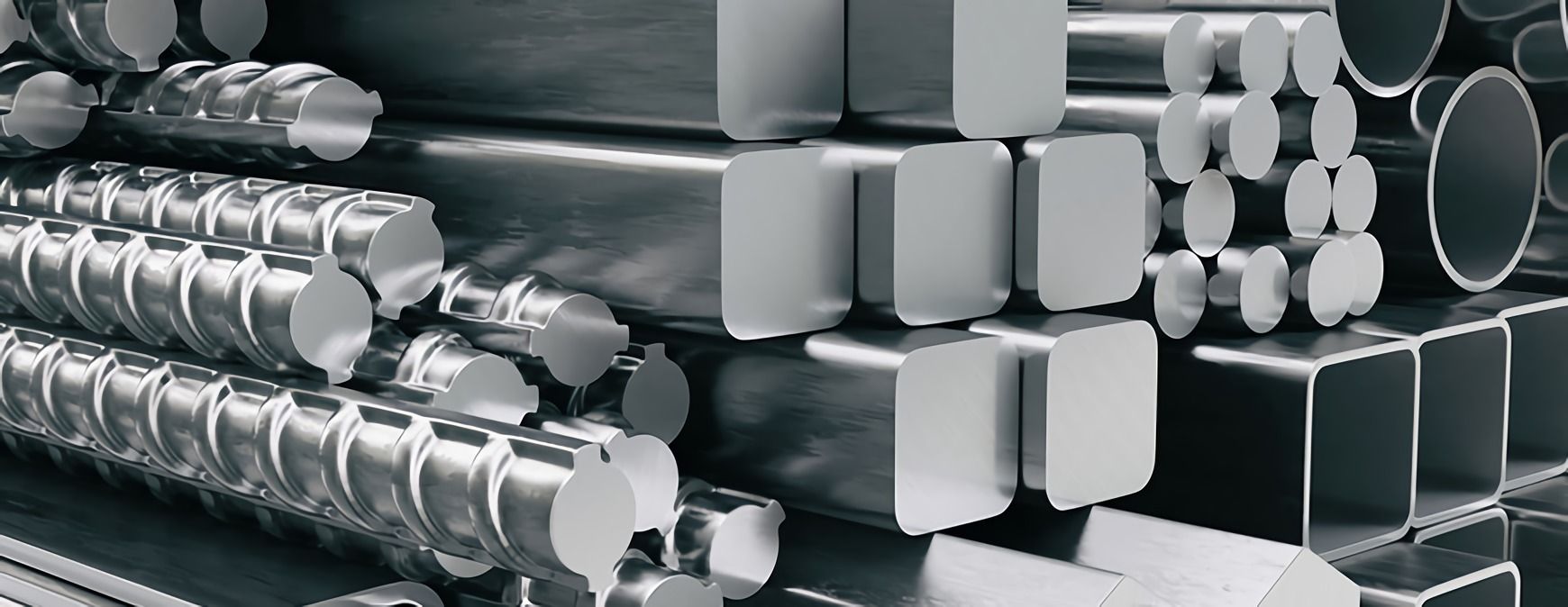TWS is a Great Training Option for Everyone
Learn more about how we can prepare you to advance your career.
Welding dissimilar metals has been challenging as different metals have different melting points, but it is not impossible. 1 In 2015, a process for welding steel to aluminum was discovered, and GM launched a line of cars using this process in 2016. 2
How to Weld Dissimilar Metals
When a project requires that dissimilar metals be welded, it’s important to consider the following factors.
Properties
Metals are considered dissimilar when they have different compositions and properties. For example, metals can have different mechanical properties. That is pressure the welded product can withstand without breaking. 3
Filler Metal Factors
The proper choice of welding consumable, or filler metal, is important when joining dissimilar metals. Ideally, the filler metal should be resistant to cracking and corrosion. It should be as ductile and strong as the weaker of the base metals, as well as have a matching melting temperature. A welder will also want to consider the weldability (ability to be welded), ductility, and mechanical properties of the filler metal. 4
Have You Considered a Career in the Skilled Trades?
Fill out the form to recieve a no obligation info packet.
Processes
A variety of welding processes can be used to weld dissimilar metals: arc welding, electron beam welding, friction welding, ultrasonic welding, cold welding, and explosion welding—to name some. 5 Specific techniques have also been developed to fuse metals with different properties. In the case of welding steel to aluminum, the metals are melted at different times, super cooled argon gas is used to decrease the temperature point, and zinc is applied to keep the steel and aluminum in a binding state. 6
Objective
Regardless of which process or technique is employed, the goal when welding dissimilar metals is to produce a weld that is as strong as the weaker of the two metals being fused. Tensile strength is the ability for the metal to resist forces attempting to pull it apart. 7 Welding metals with different properties can result in residual stress which can compromise the weld’s structural integrity. It’s important to prevent or minimize such stresses. 8
What Are Some Applications of Welding Dissimilar Metals?
Sometimes, applications call for the fusing of metals with very different, even opposite, properties. In the auto industry, the strength of steel contributes to the durability of vehicles and the lightness of aluminum helps make them more fuel-efficient. Government fuel efficiency standards are one reason Ford opted to manufacture an all-aluminum F-150 in 2014. The petro-chemical and power industries are also increasingly coming to rely on the welding of dissimilar metals. 9 The process is also used for pipe welding, the fabrication of heat exchangers, and the production of pressure vessels. 10
A Challenging Process
Welders and designers often try to avoid welding dissimilar metals because the process can be challenging and costly. 11 However, some applications benefit from or require fusing metals with different characteristics. In such cases, understanding the factors impacting the performance of such a weld can help a welder produce a sound product. 12
1 – http://www.totalmateria.com/page.aspx?ID=CheckArticle&site=ktn&NM=152
2 – http://articles.sae.org/14838/
3 – Title: Welding Principles and Applications; Author: Larry Jeffus; Delmar Cengage Learning; Seventh Edition; Textbook page 643
4 – https://www.slideshare.net/WeldPulse/what-to-consider-when-welding-dissimilar-materials-weldpulse
5 – http://www.totalmateria.com/page.aspx?ID=CheckArticle&site=ktn&NM=152
6 – https://www.tws.edu/blog/welding/welding-steel-and-aluminum-a-historic-breakthrough/
7 – Title: Welding Principles and Applications; Author: Larry Jeffus; Delmar Cengage Learning; Seventh Edition; Textbook page 644
8 – https://phys.org/news/2017-07-neutrons-aim-dissimilar-metal-welds.html#jCp
9 – https://phys.org/news/2017-07-neutrons-aim-dissimilar-metal-welds.html#jCp
10 – https://www.slideshare.net/WeldPulse/what-to-consider-when-welding-dissimilar-materials-weldpulse
11 – Title: Welding Principles and Applications; Author: Larry Jeffus; Delmar Cengage Learning; Seventh Edition; Textbook page 643
12 – https://www.slideshare.net/WeldPulse/what-to-consider-when-welding-dissimilar-materials-weldpulse
This blog has been labeled as archived as it may no longer contain the most up-to-date data. For a list of all current blog posts, please visit our blog homepage at https://www.tws.edu/blog/







